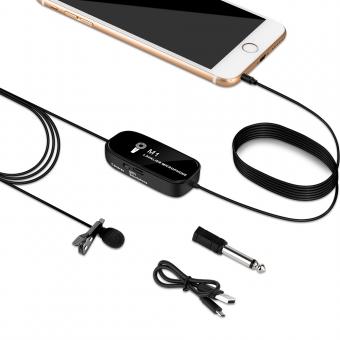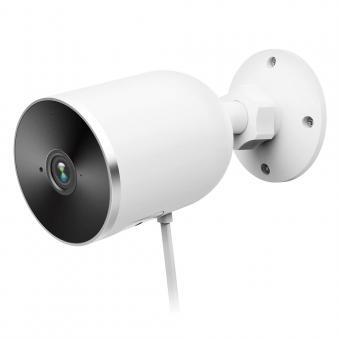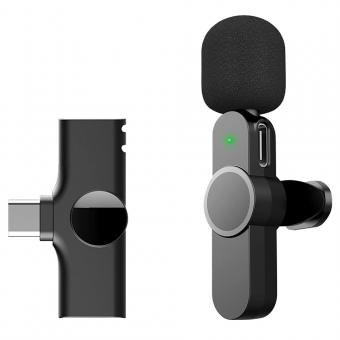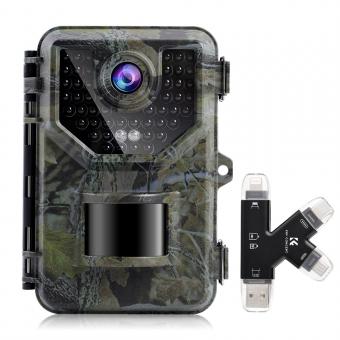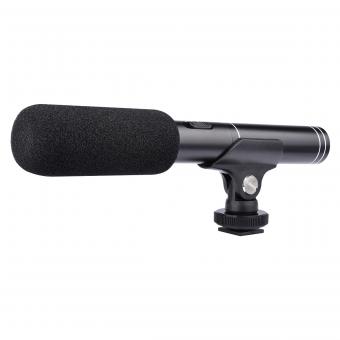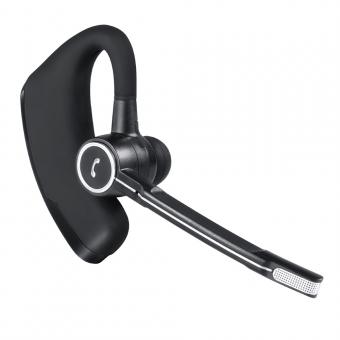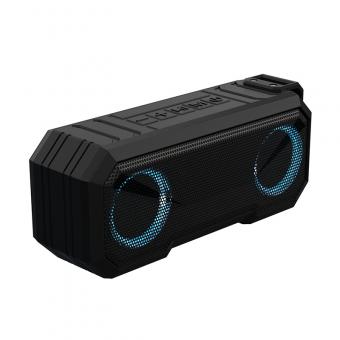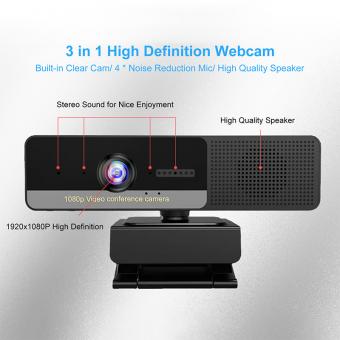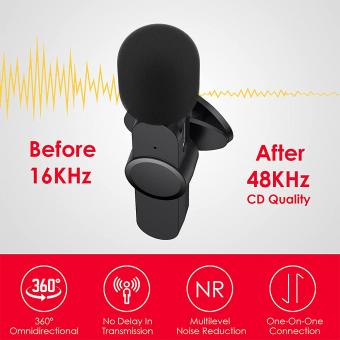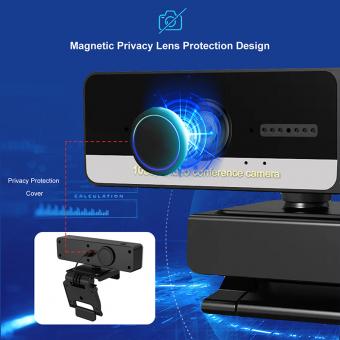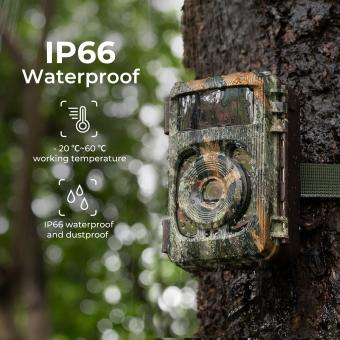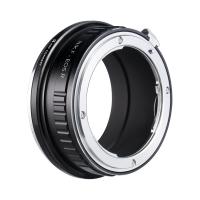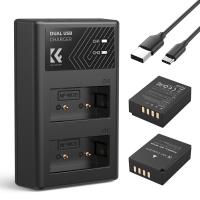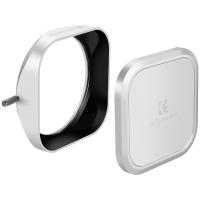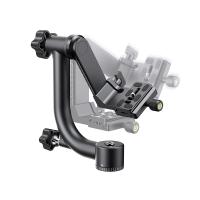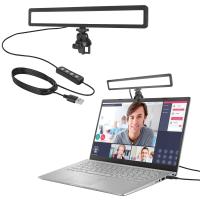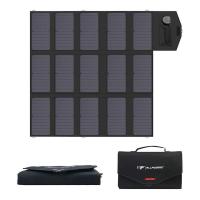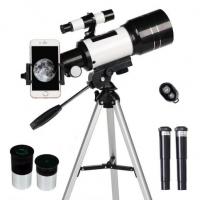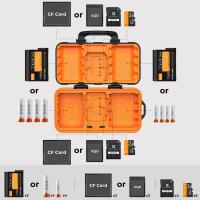How To Record Audio From A Video?
Recording audio from a video can be a crucial task for various purposes, such as creating podcasts, enhancing presentations, or repurposing content for different platforms. Whether you're a content creator, a student, or a professional, knowing how to extract audio from a video can be incredibly useful. This article will guide you through the process, covering different methods and tools to help you achieve the best results.
Understanding the Basics
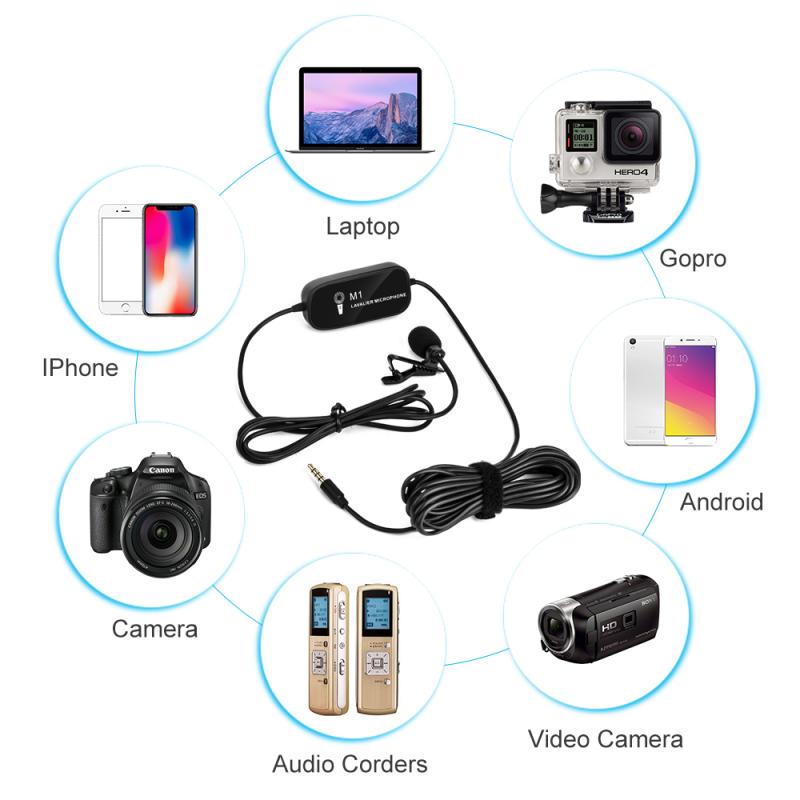
Before diving into the methods, it's essential to understand the basics of audio extraction. Essentially, you are separating the audio track from the video file. This can be done using various software tools, ranging from simple online converters to more advanced desktop applications. The choice of tool depends on your specific needs, such as the quality of the audio, the format you require, and the complexity of the video file.
Method 1: Using Online Tools
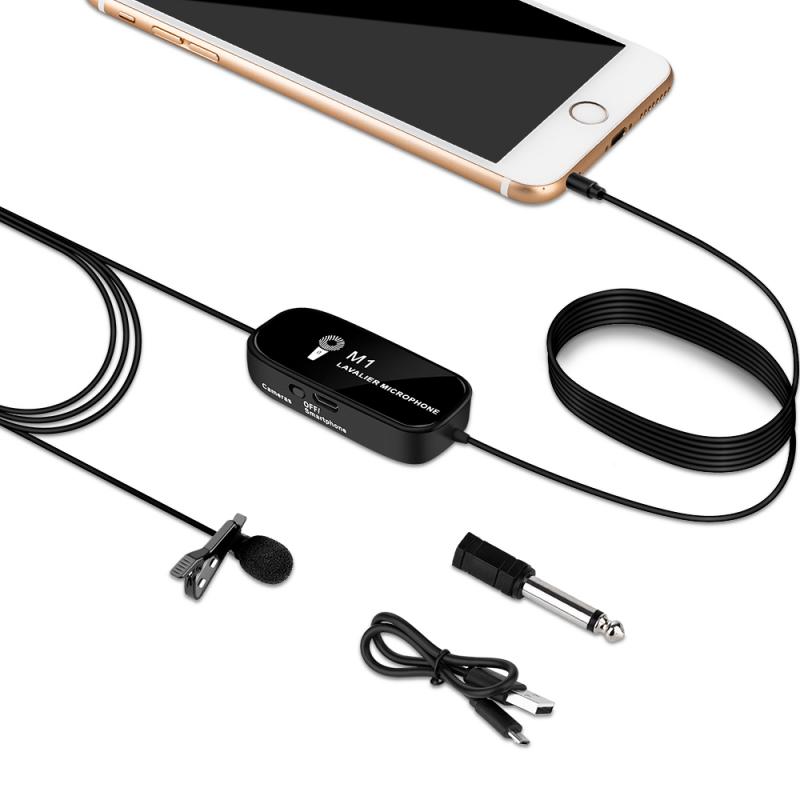
Online tools are the most straightforward way to extract audio from a video. They are generally free and do not require any software installation. Here are the steps to follow:
1. Choose a Reliable Online Tool: Websites like Online Audio Converter, Zamzar, and Convertio are popular choices. Ensure the site is secure and has good reviews.
2. Upload Your Video File: Most online tools allow you to upload files directly from your computer or even from cloud storage services like Google Drive or Dropbox.
3. Select the Output Format: Common audio formats include MP3, WAV, and AAC. Choose the format that best suits your needs.
4. Convert and Download: Click the convert button and wait for the process to complete. Once done, download the extracted audio file to your computer.
Method 2: Using Desktop Software
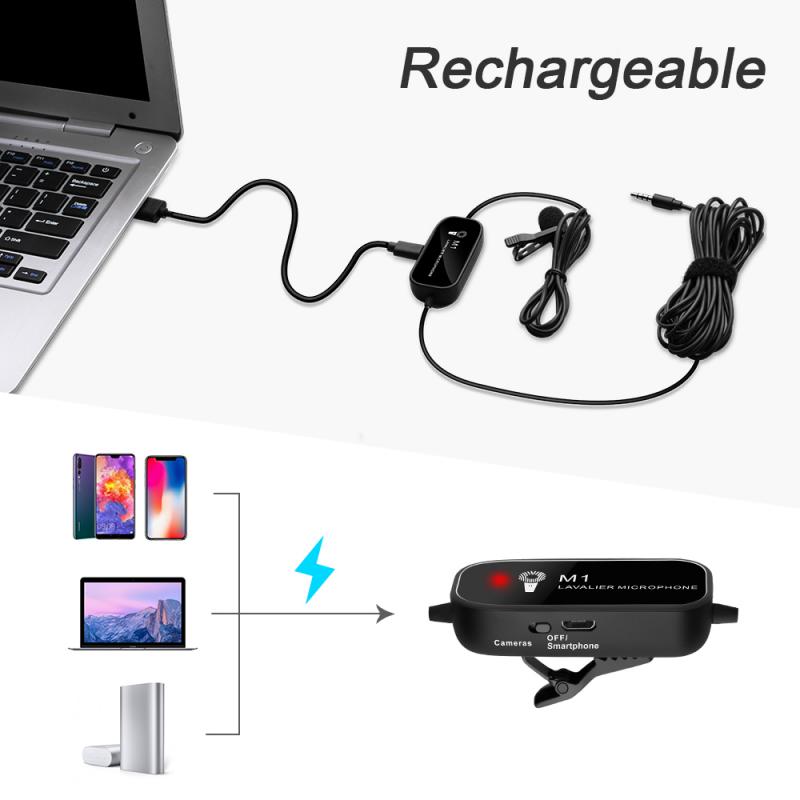
For more control over the quality and format of the extracted audio, desktop software is a better option. Programs like Audacity, VLC Media Player, and Adobe Audition offer advanced features that can be very useful.
Using Audacity
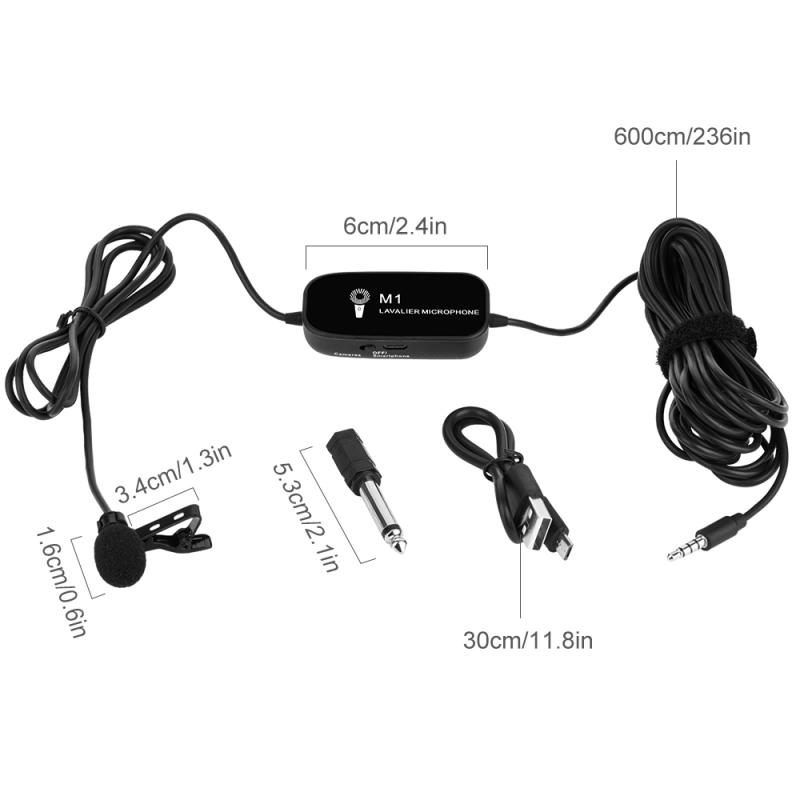
Audacity is a free, open-source audio editing software that is widely used for various audio tasks. Here’s how to use it to extract audio from a video:
1. Install Audacity: Download and install Audacity from its official website.
2. Install FFmpeg Library: Audacity requires the FFmpeg library to import video files. Follow the instructions on the Audacity website to install it.
3. Import the Video File: Open Audacity and go to `File > Import > Audio`. Select your video file.
4. Edit and Export: Once the video is imported, you can edit the audio as needed. To export, go to `File > Export` and choose your desired audio format.
Using VLC Media Player
VLC Media Player is another versatile tool that can be used to extract audio from video files. Here’s how:
1. Install VLC: Download and install VLC Media Player from its official website.
2. Open the Video File: Go to `Media > Convert/Save` and add your video file.
3. Choose Conversion Settings: Click on `Convert/Save` and select the audio format you want. Common choices are MP3 and WAV.
4. Start the Conversion: Click `Start` to begin the conversion process. The audio file will be saved in the location you specified.
Method 3: Using Mobile Apps
If you prefer to use your smartphone, several mobile apps can help you extract audio from video files. Apps like Video to MP3 Converter (available on both iOS and Android) are user-friendly and efficient.
1. Download the App: Install a reliable audio extraction app from your app store.
2. Import the Video: Open the app and import the video file from your phone’s storage.
3. Select Output Format: Choose the audio format you need.
4. Convert and Save: Start the conversion process and save the audio file to your device.
Tips for High-Quality Audio Extraction
1. Choose the Right Format: Different formats have different qualities and file sizes. For high-quality audio, consider using WAV or FLAC. For smaller file sizes, MP3 is a good option.
2. Check the Source Quality: The quality of the extracted audio will depend on the quality of the original video file. Ensure your video has good audio quality to begin with.
3. Edit if Necessary: Use audio editing software to clean up the extracted audio. Remove background noise, adjust volume levels, and apply filters if needed.
Common Issues and Troubleshooting
1. Audio Sync Issues: Sometimes, the extracted audio may not sync perfectly with the video. Use audio editing software to manually adjust the timing.
2. File Compatibility: Ensure that the software or app you are using supports the video file format. Convert the video to a compatible format if necessary.
3. Quality Loss: Some online tools may compress the audio, leading to quality loss. Use desktop software for better control over the output quality.
Extracting audio from a video is a valuable skill that can serve multiple purposes. Whether you choose to use online tools, desktop software, or mobile apps, the key is to select the method that best fits your needs. By following the steps outlined in this article, you can easily and efficiently extract high-quality audio from any video file. Remember to consider the format, quality, and any necessary editing to ensure the best possible results.


